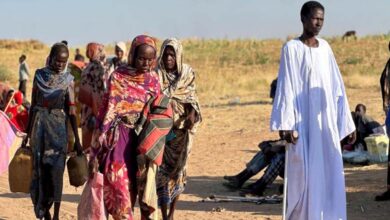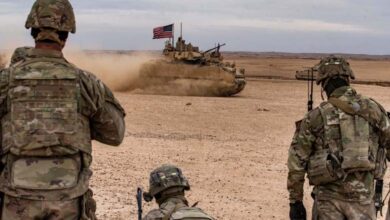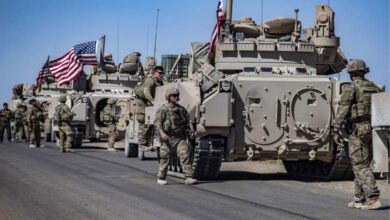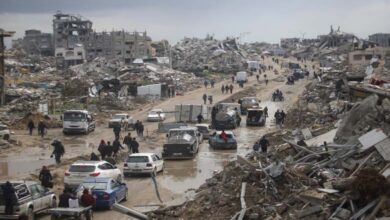Arming Dynamics of Extremist Groups in the African Sahel: What Is the Source of Their Arsenal?
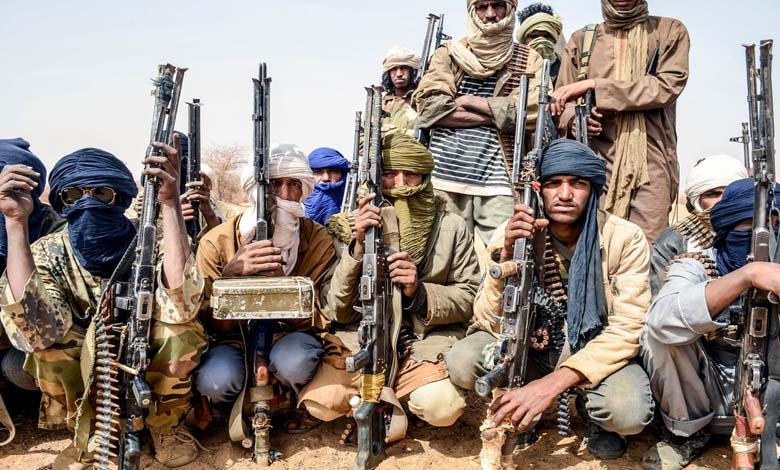
A comprehensive study tracking the origins of weapon stockpiles used by jihadist groups in the African Sahel reveals that the vast majority of these arms date back decades, with a significant portion diverted from regional military stockpiles.
-
West Africa Could Soon Witness the Emergence of a Jihadist State… What Are the Factors Behind It?
-
Armed groups deliberately kidnap Europeans in the African Sahel: What are their motives?
In 2024, the Sahel region accounted for over half of global terrorism-related deaths — 51% of the worldwide total — a historic record according to the 2025 Global Terrorism Index.
According to a report by France 24, the central Sahel is among the most dangerous areas on the planet, especially the so-called “tri-border area” between Mali, Burkina Faso, and Niger. This region has witnessed a sharp increase in violence over the past decade, with clashes between non-state armed groups, national security forces, and local militias, resulting in mass displacement of local populations.
-
Rising Terrorist Activities in the African Sahel… “Global Report”
-
Mauritania Warns: The “African Sahel” Region among the World’s Most Severe Crisis Hotspots
Two Salafist terrorist groups have significantly expanded their control in the region: Jama’at Nusrat al-Islam wal-Muslimin (JNIM) and Islamic State in the Greater Sahara (ISGS), both affiliates of the Islamic State. These groups have taken advantage of the security vacuum in what has become a global epicenter of violent extremism.
In the Lake Chad region — at the borders of Niger, Chad, Nigeria, and Cameroon — a deep-rooted security crisis continues, fueled by two rival factions resulting from the split of Boko Haram: Islamic State West Africa Province (ISWAP) and Sunni Group for Preaching and Jihad.
-
Rise in Al-Qaeda activities in the African Sahel… What factors led to this?
-
The Growing Jihadist Violence in the Sahel
Initial findings indicate that the seized stockpiles consist almost exclusively of military-grade weapons — around 80% being assault rifles — along with battle rifles, grenade launchers, machine guns, mortars, and even rocket launchers.
China and Russia are the primary exporters of most of these assault rifles, followed by Eastern European countries like Poland, Romania, and Bulgaria. Most of this military equipment is old, with around 65% manufactured in the 1960s, 1970s, and 1980s.
Of the 726 weapons analyzed, only 34 were produced after 2011 — less than 5% of the total arsenal.
-
Mauritania fears the deterioration of Sahel Countries’ ties and the strengthening of terrorists’ grip
-
What is happening in the Democratic Republic of the Congo?
Investigators analyzed serial numbers and production marks to identify the manufacturing origins, then tracked the supply routes using weapon markings from distribution networks within the Economic Community of West African States (ECOWAS).
The results revealed that a large share of arms originally delivered to national armies were captured by jihadist groups during attacks. Experts estimate that roughly a quarter of the weapons found with jihadist Salafist groups in the Liptako-Gourma region originated from the armies of Burkina Faso, Mali, and Niger.
-
Burkina Faso Strengthens Its Fight against Terrorism: New Brigades in “Vulnerable Areas”
-
Many Points of Convergence between the Muslim Brotherhood and Terrorist Organizations: Find Out More
These groups often showcase their “war spoils” in propaganda videos — such as a recent attack in Benin by JNIM that killed over 50 soldiers.
In addition to these captured arms, the groups also hold significant stockpiles acquired during previous conflicts. The report notes that these weapons circulate in regional black markets, where they are bought and sold by traffickers, jihadists, and members of local militias.





